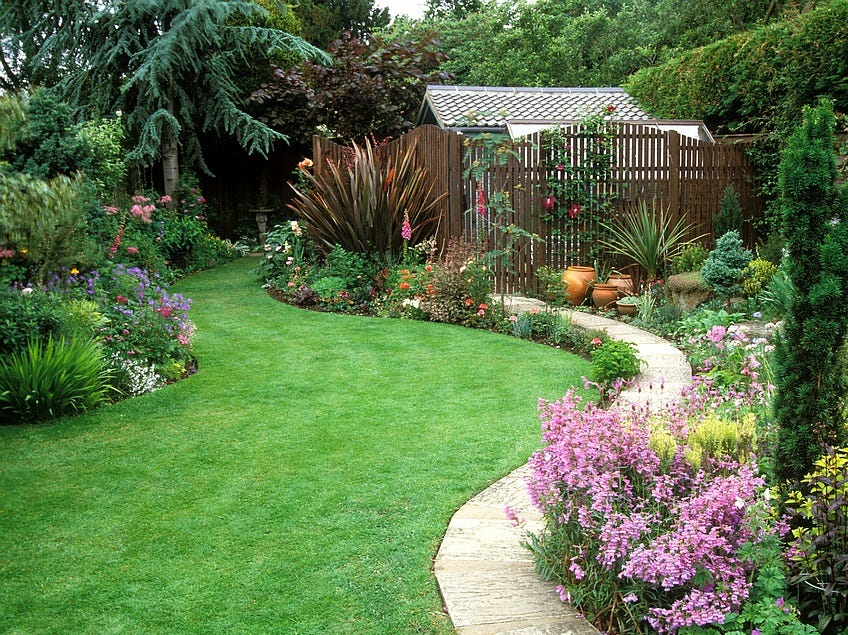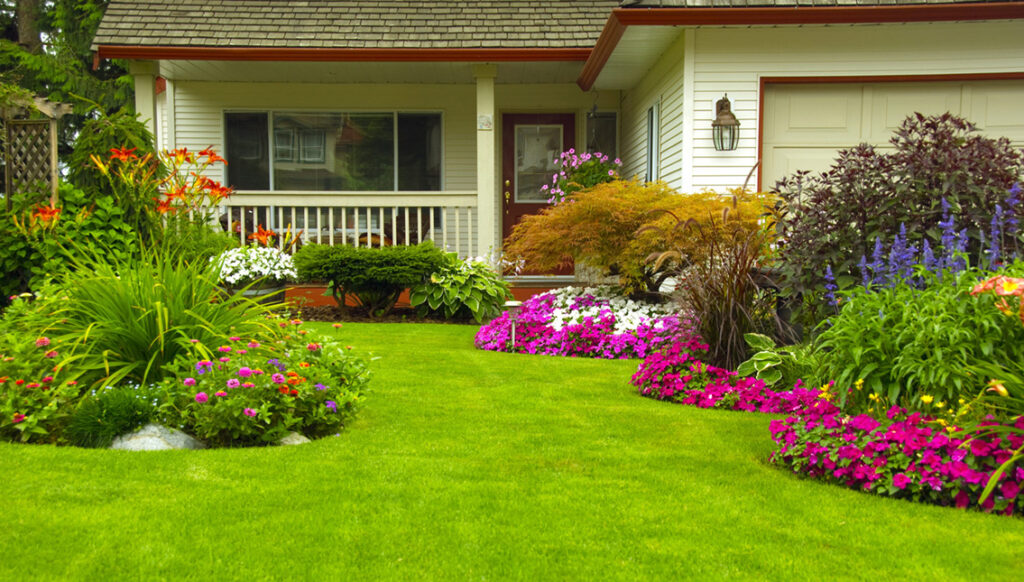Central Texas is known for its unique climate, which can present challenges when it comes to planting and maintaining a thriving landscape. If you’re planning to add shrubs to your garden or yard, knowing the best time to plant them can make all the difference in ensuring healthy growth. In this comprehensive guide, we will help you understand when to plant shrubs in Central Texas and offer tips on how to care for them to achieve optimal growth.


Understanding Central Texas Climate
Before diving into the specifics of when to plant shrubs, it’s important to understand the climate of Central Texas. The region experiences a blend of hot summers, mild winters, and occasional frost, which can influence plant growth. The USDA Hardiness Zone for most of Central Texas is 8b to 9a, which means winters can be relatively mild, but you still need to be cautious about frost.
Knowing the zone and the region’s average temperatures can help you determine the best planting time. Central Texas sees peak summer temperatures soaring above 100°F, while winters are generally cool with temperatures sometimes dipping below freezing.
Best Time to Plant Shrubs in Central Texas
The best time to plant shrubs in Central Texas is during the fall and early spring seasons. Here’s why:
Fall Planting (September to November): Fall is one of the best times to plant shrubs in Central Texas. During this time, the weather begins to cool down, but the soil is still warm from the summer heat. This allows the roots of newly planted shrubs to establish themselves before the colder winter months. Planting in the fall also means shrubs have time to adjust to their new environment and will be ready to burst into growth come spring.
Advantages of Fall Planting:
Soil remains warm for root establishment.
Cooler temperatures reduce the stress on newly planted shrubs.
Shrubs will be well-established by spring, promoting faster growth.
Spring Planting (March to May): Early spring is another ideal time for planting shrubs in Central Texas. The weather is mild, and the risk of frost has generally passed. Spring planting gives shrubs the entire growing season to establish roots and grow. However, it’s essential to plant early enough in the spring so that your shrubs have time to settle in before the scorching summer heat arrives.
Advantages of Spring Planting:
Mild temperatures create favorable conditions for root development.
Plants will grow through the full growing season, benefiting from abundant sunlight.
Less risk of winter frost harming young plants.
While fall and spring are ideal planting seasons, both summer and winter can be tough times to plant shrubs in Central Texas:
Summer: High summer temperatures can cause stress to newly planted shrubs. The heat and intense sunlight can dry out the soil, making it difficult for young shrubs to establish their roots. If you do need to plant in summer, be prepared to water frequently and provide some shade to protect the plants.
Winter: Even though winters are generally mild in Central Texas, occasional freezing temperatures can still pose a risk to young shrubs. Additionally, the dormant season means that plants are not actively growing, making it harder for them to adapt to their new environment. If you absolutely must plant in winter, be sure to protect your shrubs with frost blankets and mulch.
Certain shrubs thrive in Central Texas’ climate. If you’re looking to enhance your landscape with hardy, drought-tolerant plants, consider these options:
Texas Sage: Texas Sage, also known as Purple Sage, is a native shrub that loves the Central Texas heat. It’s drought-tolerant and produces beautiful purple flowers during the summer.
Red Yucca: Red Yucca is another fantastic shrub for Central Texas. With its striking red blooms and minimal water requirements, it’s perfect for xeriscaping.
Lantana: Lantanas are colorful, hardy shrubs that attract pollinators. They are heat and drought-tolerant, making them ideal for the region.
Wax Myrtle: This evergreen shrub is great for providing year-round foliage and is well-suited for the Central Texas climate.
Autumn Sage: This native plant thrives in full sun and produces vibrant flowers, attracting hummingbirds and butterflies.
Once you’ve selected the right time and the right shrubs for your Central Texas garden, it’s important to know how to plant and care for them:
Soil Preparation: Central Texas soil can sometimes be rocky or clayey. Before planting, amend the soil with compost or organic matter to improve drainage and fertility.
Watering: Newly planted shrubs need consistent moisture to establish strong roots. Make sure to water deeply and regularly, especially during the warmer months.
Mulching: Apply a layer of mulch around the base of your shrubs to help retain moisture, regulate soil temperature, and reduce weed growth.
Pruning: Regular pruning helps maintain the shape of your shrubs and encourages healthier growth. Be sure to prune during the appropriate season for your specific shrub variety.
Frost Protection: If you’re planting in the fall or early spring, be prepared for the occasional cold snap. Cover new plants with frost cloths if necessary to protect them from freezing temperatures.
Conclusion
Knowing when to plant shrubs in Central Texas is key to ensuring they thrive in your landscape. Whether you choose to plant in the fall or spring, timing and care are critical to their growth and longevity. By selecting the right shrubs for your region and following proper planting techniques, you can enjoy a vibrant and beautiful landscape for years to come.
For the best results, plan your planting according to Central Texas’ weather patterns, and don’t forget to provide your shrubs with the right care and attention. Happy gardening!



